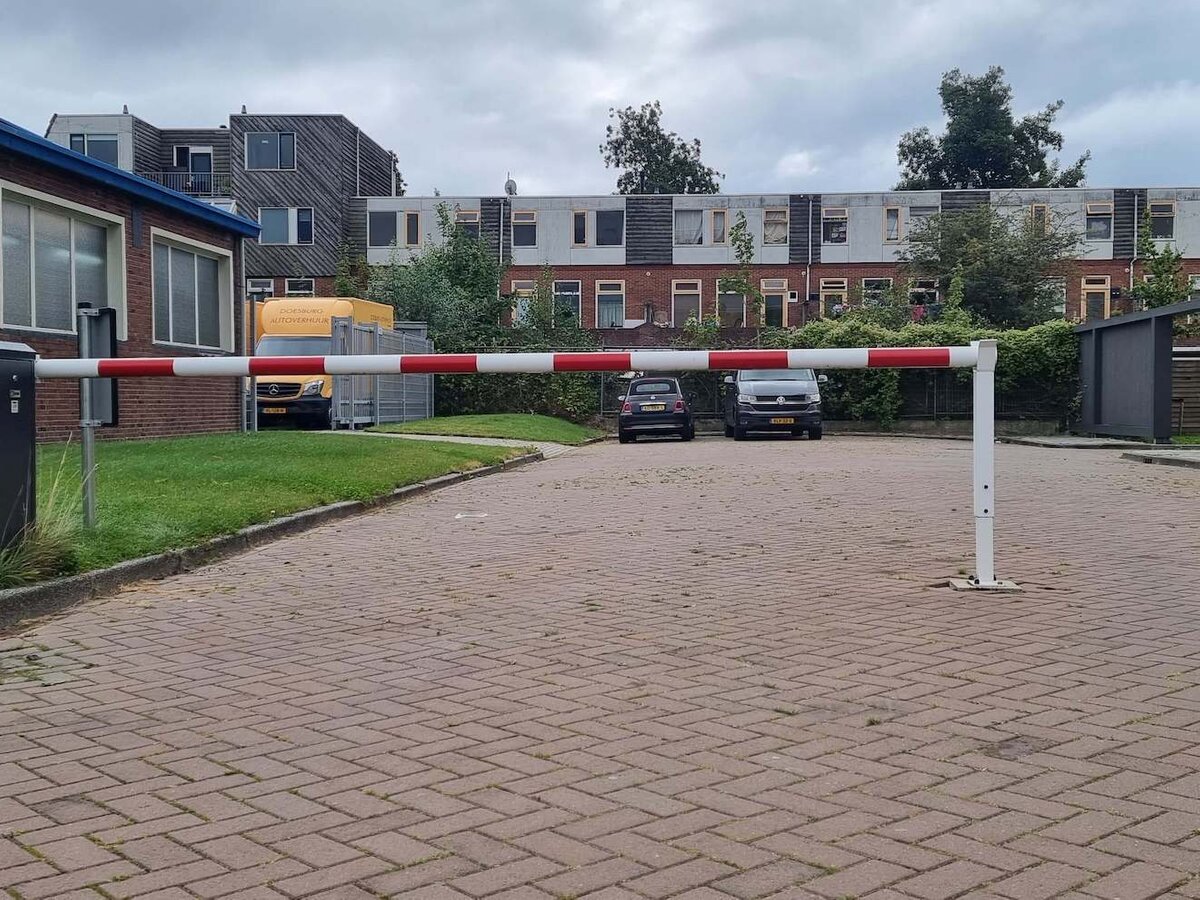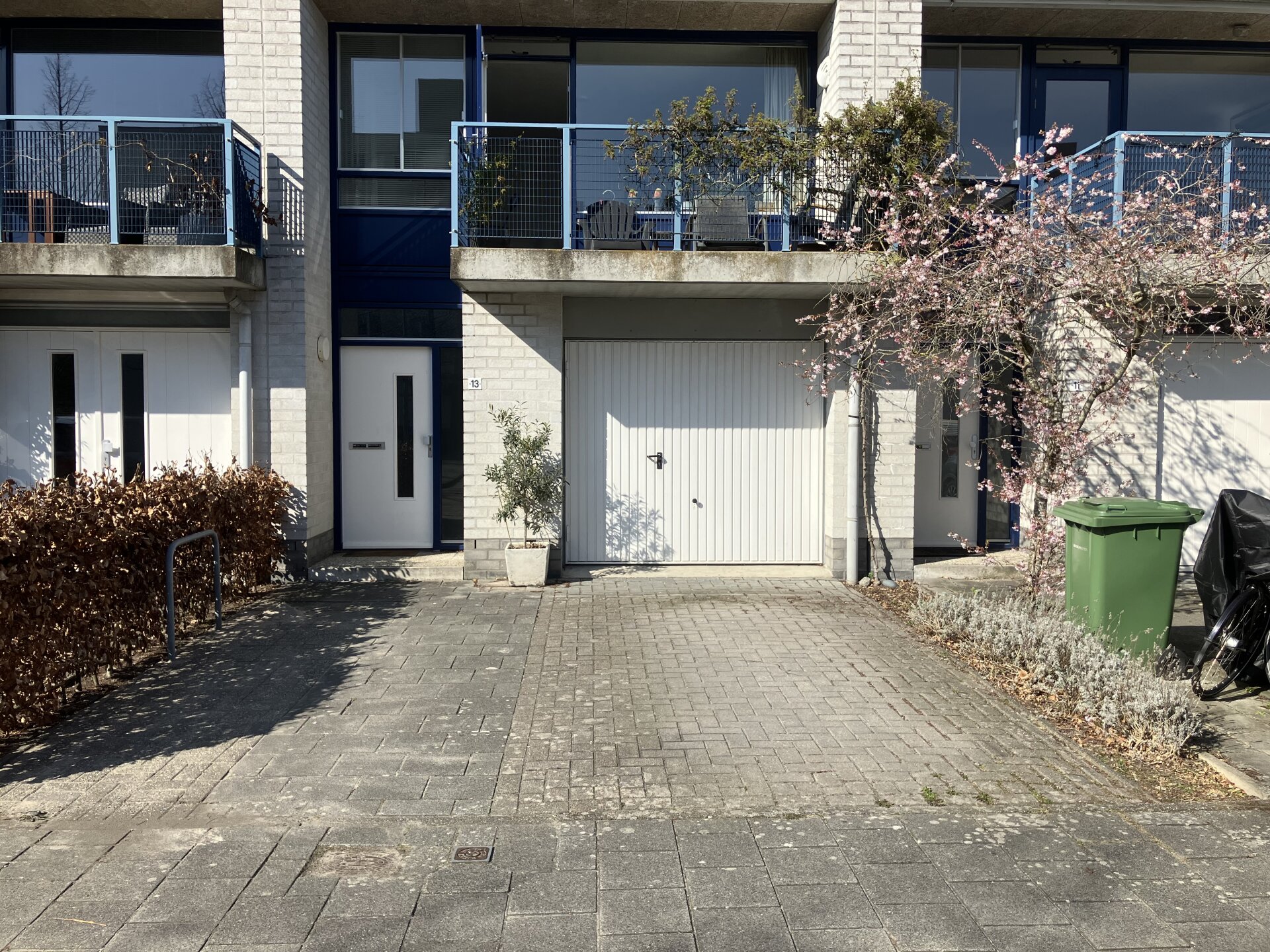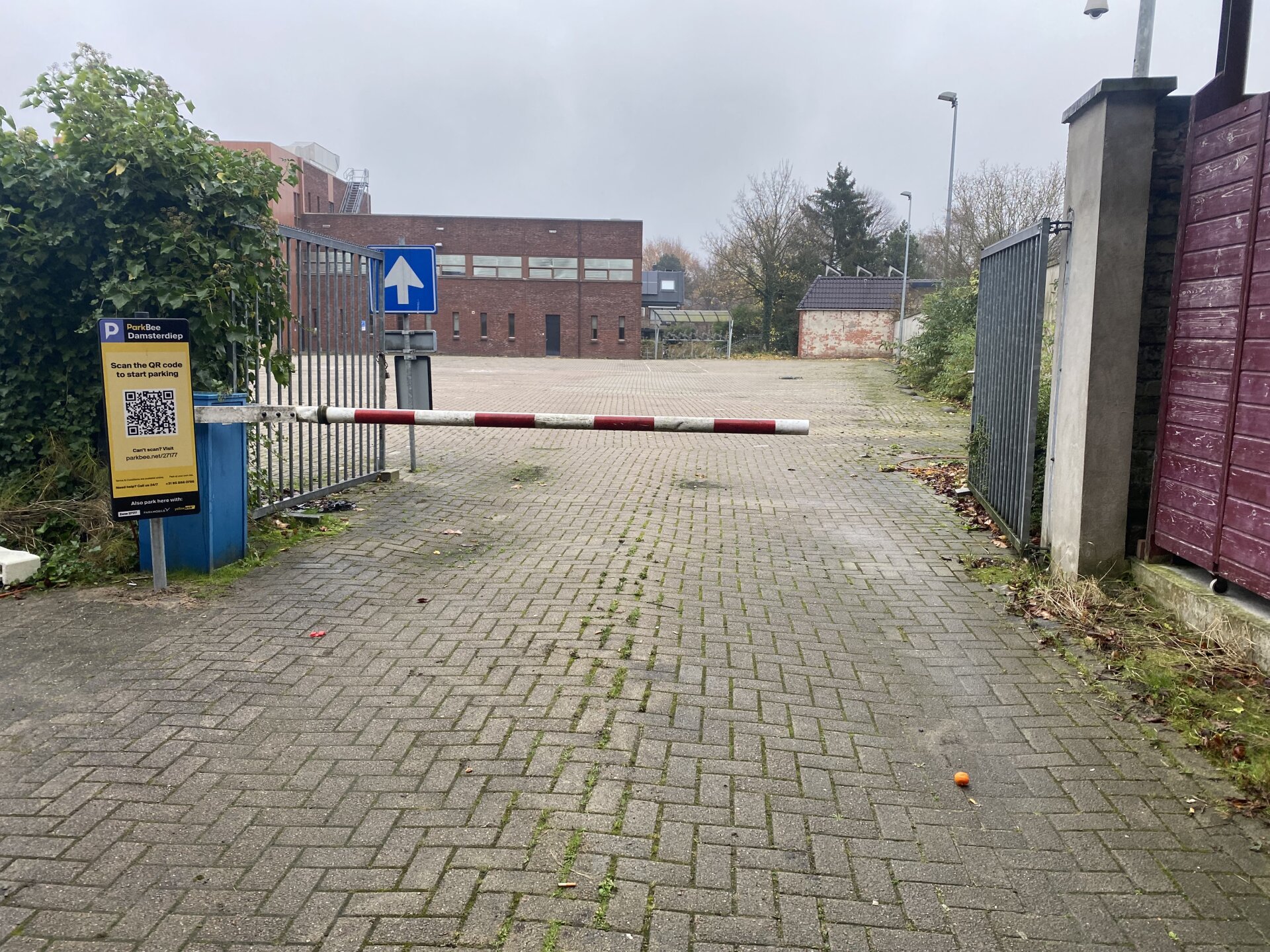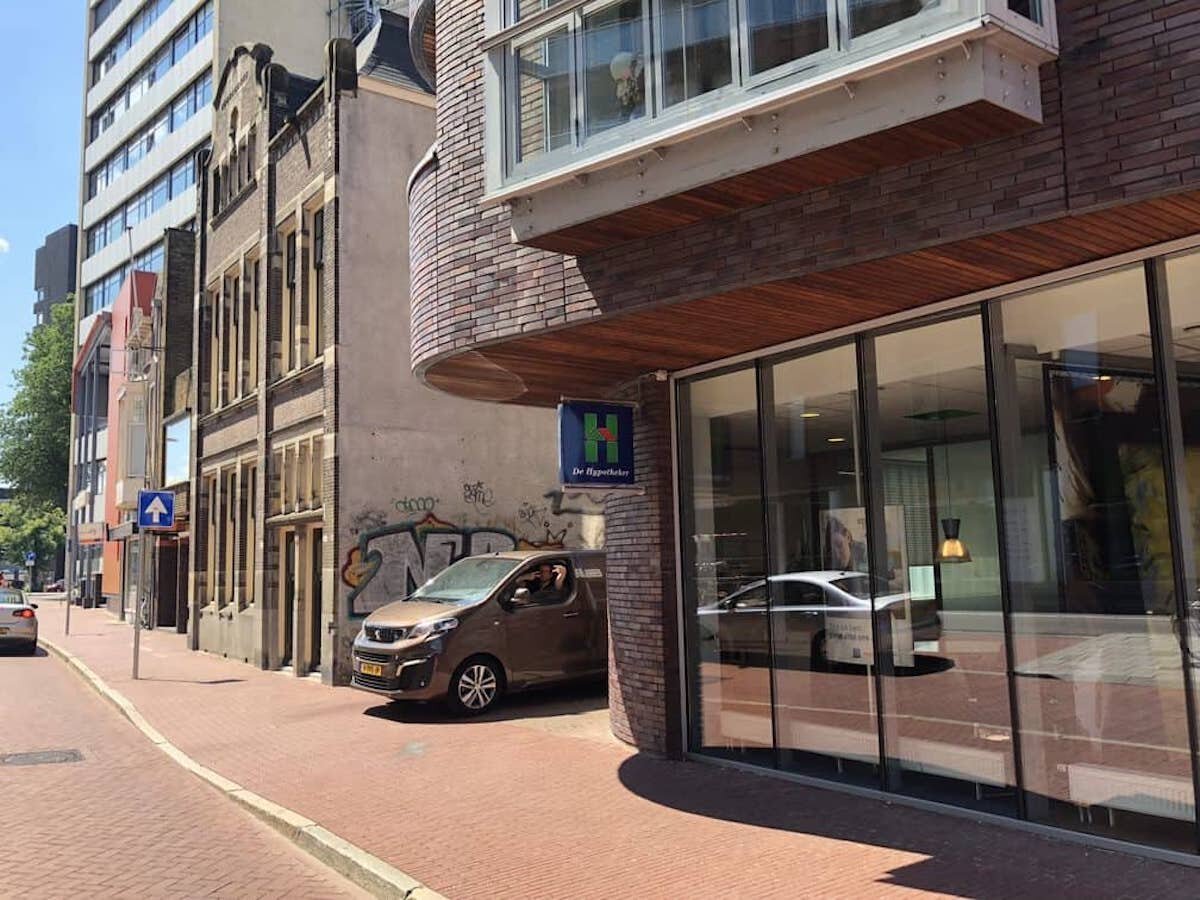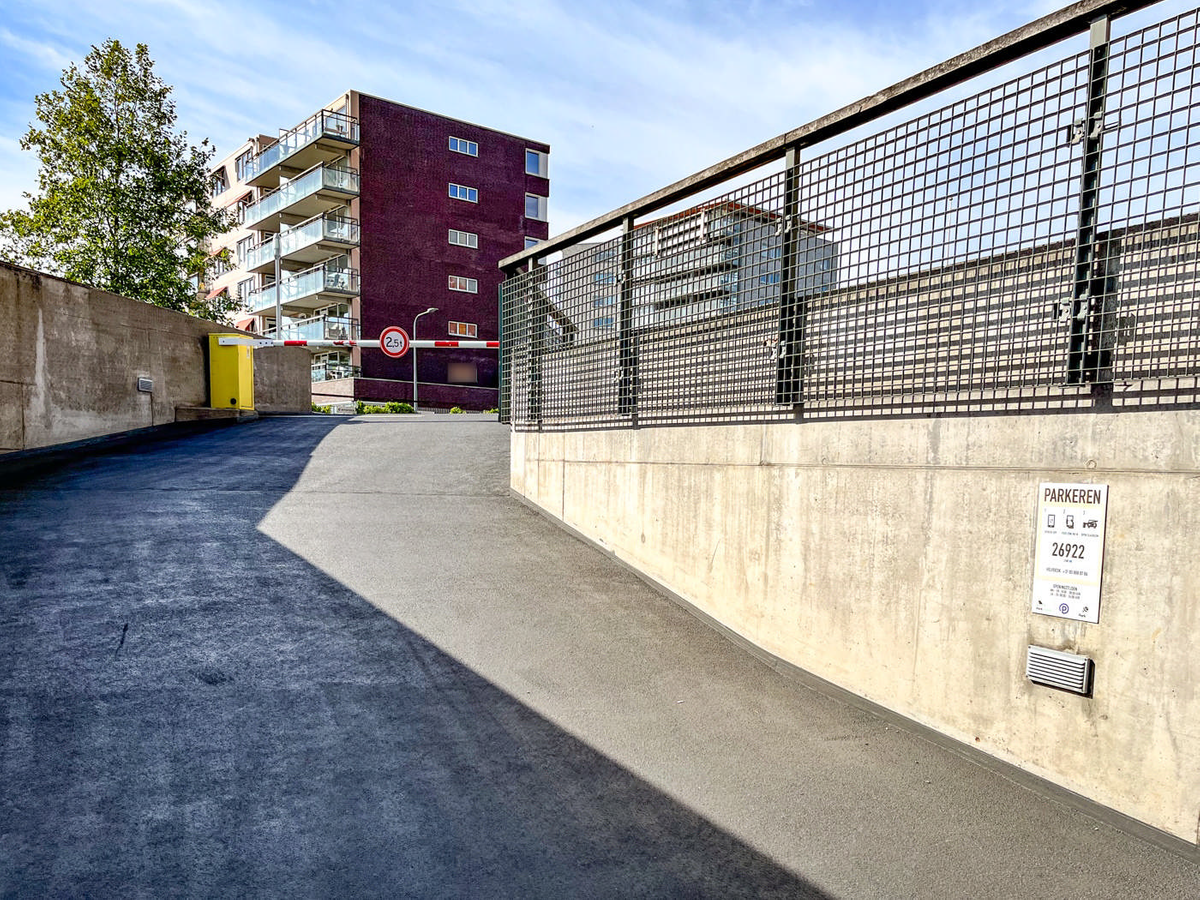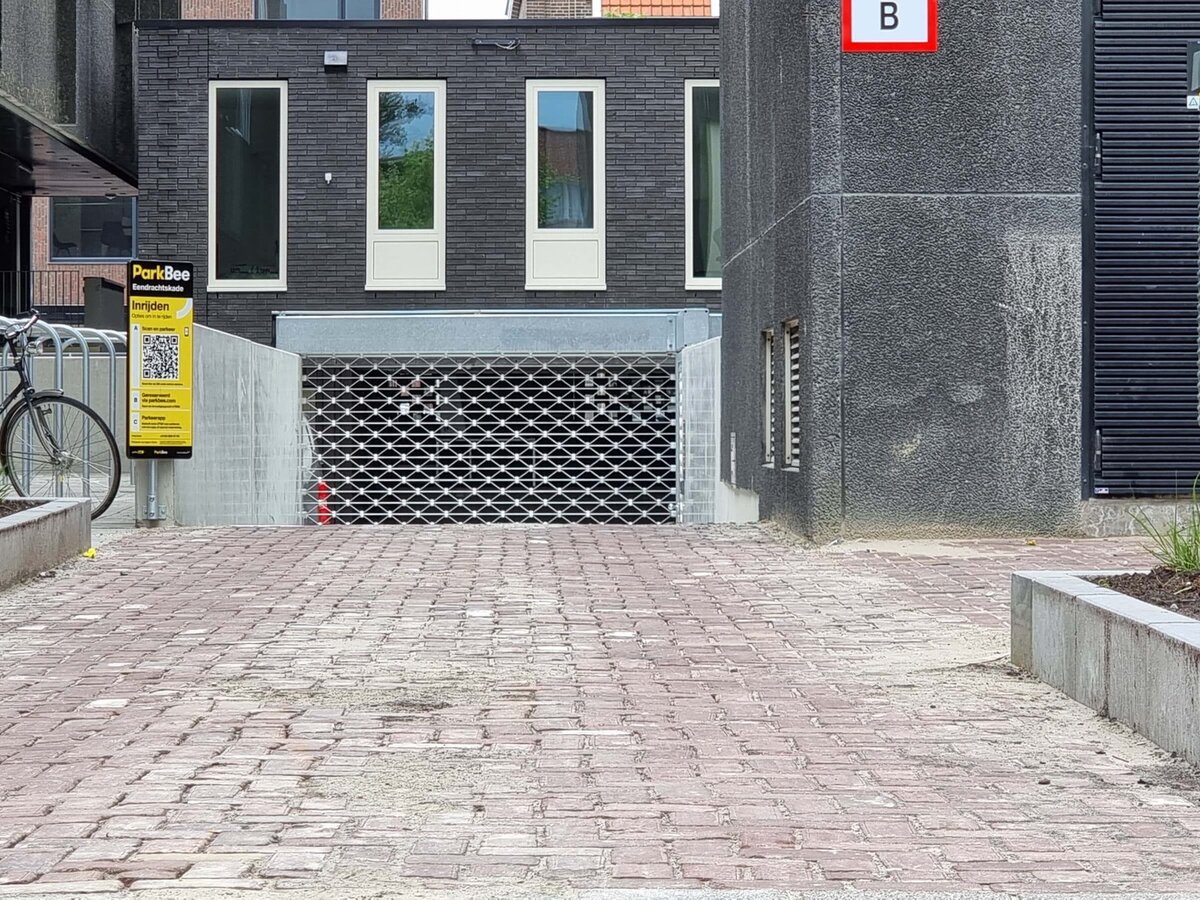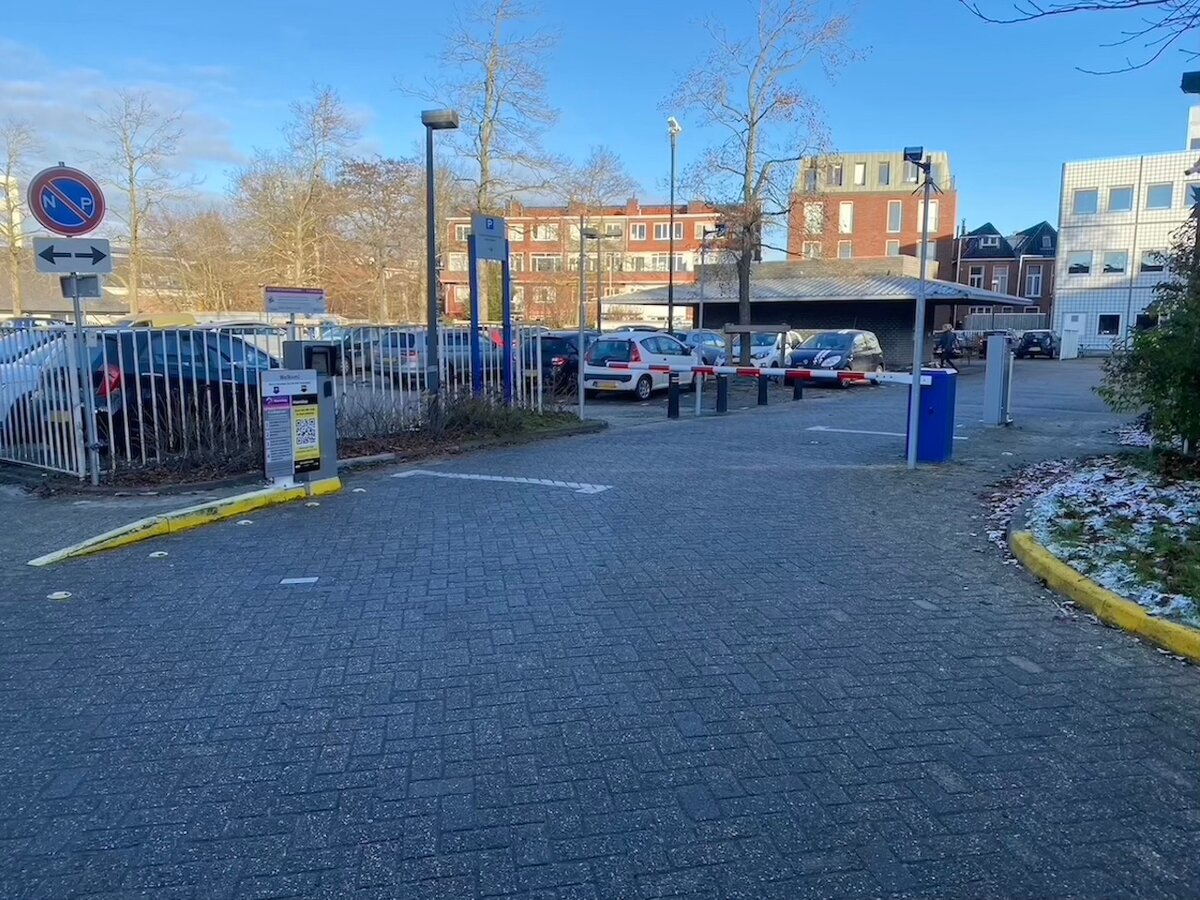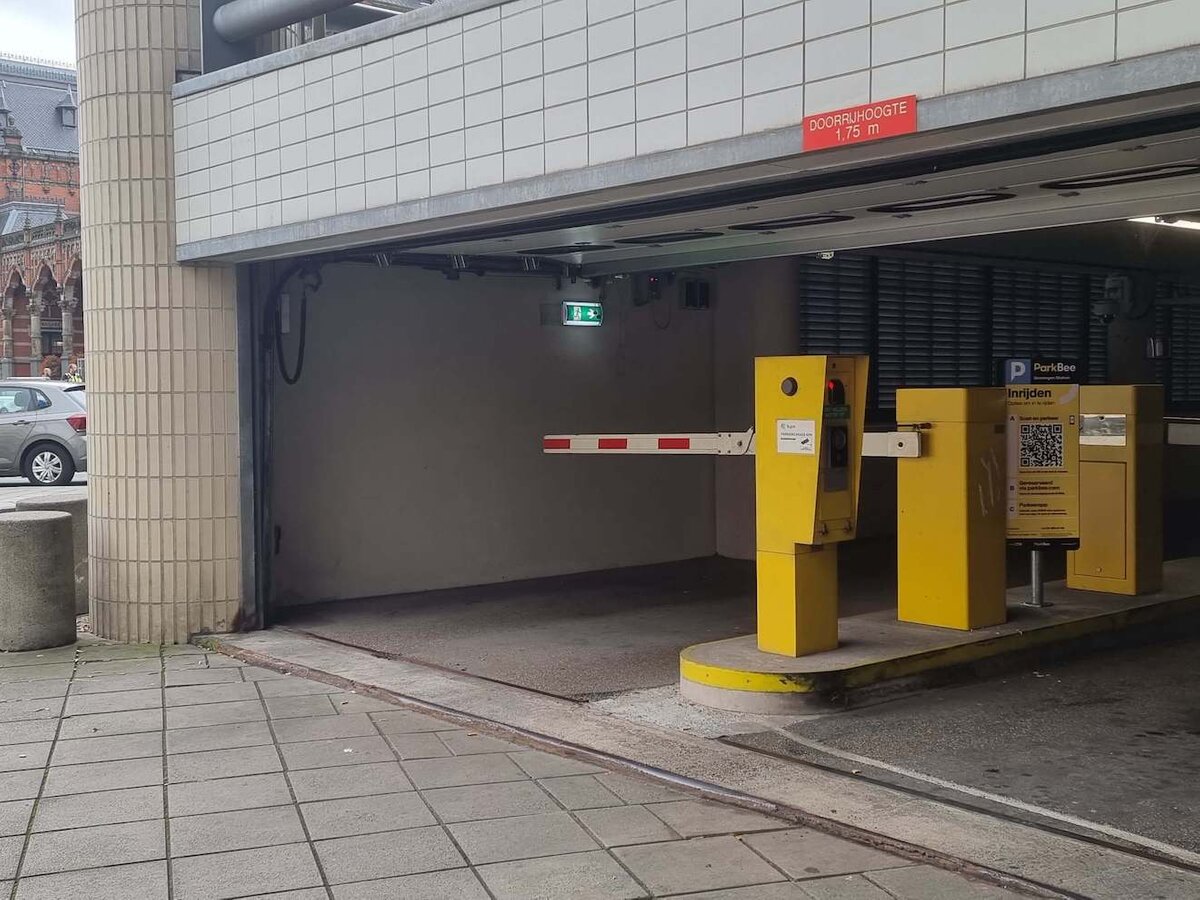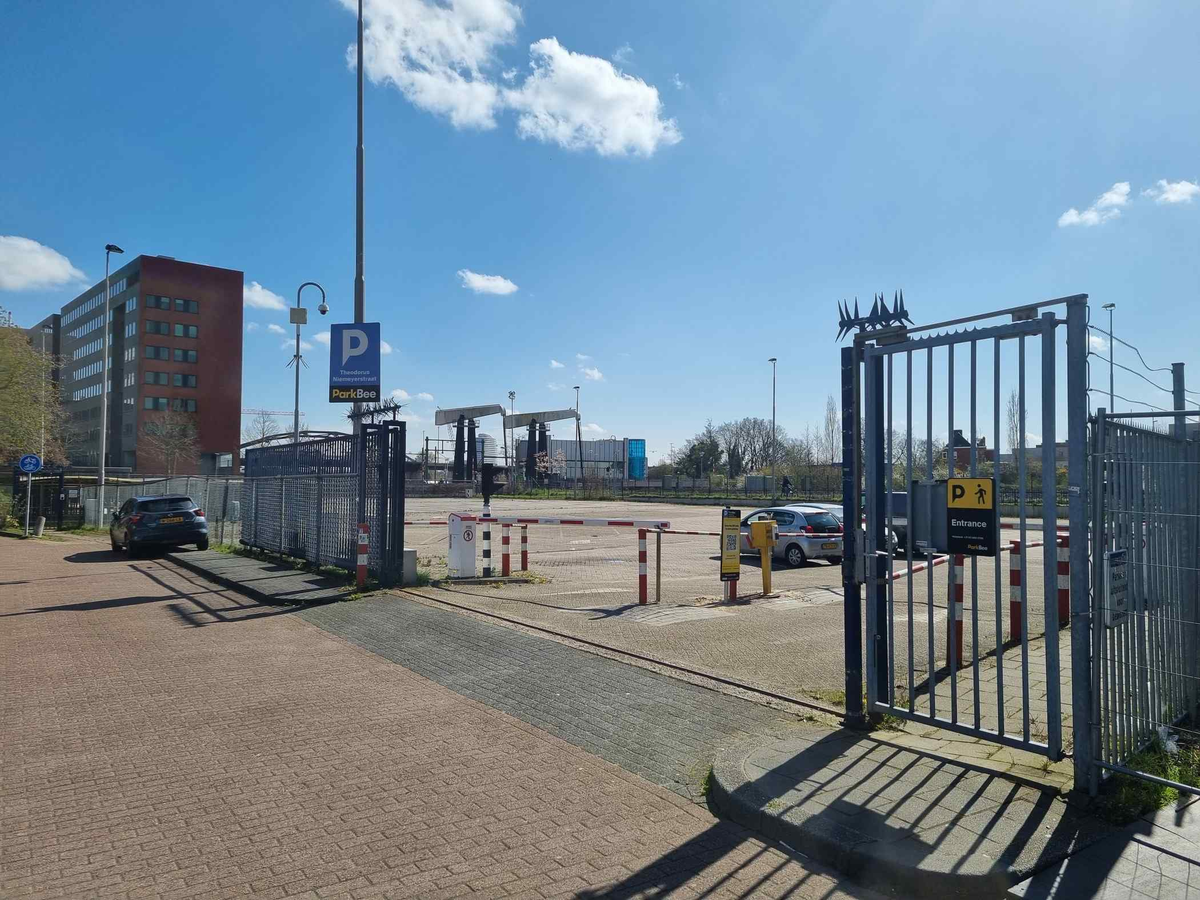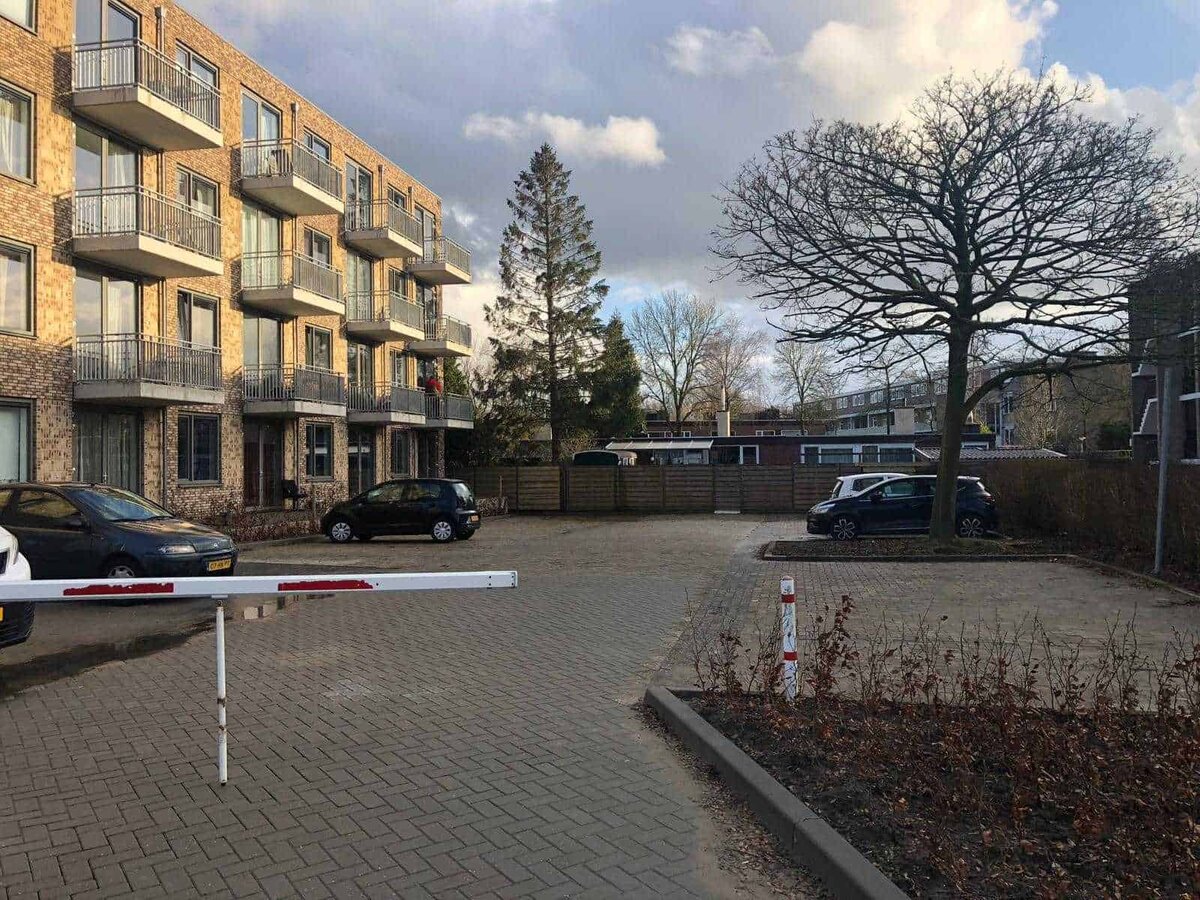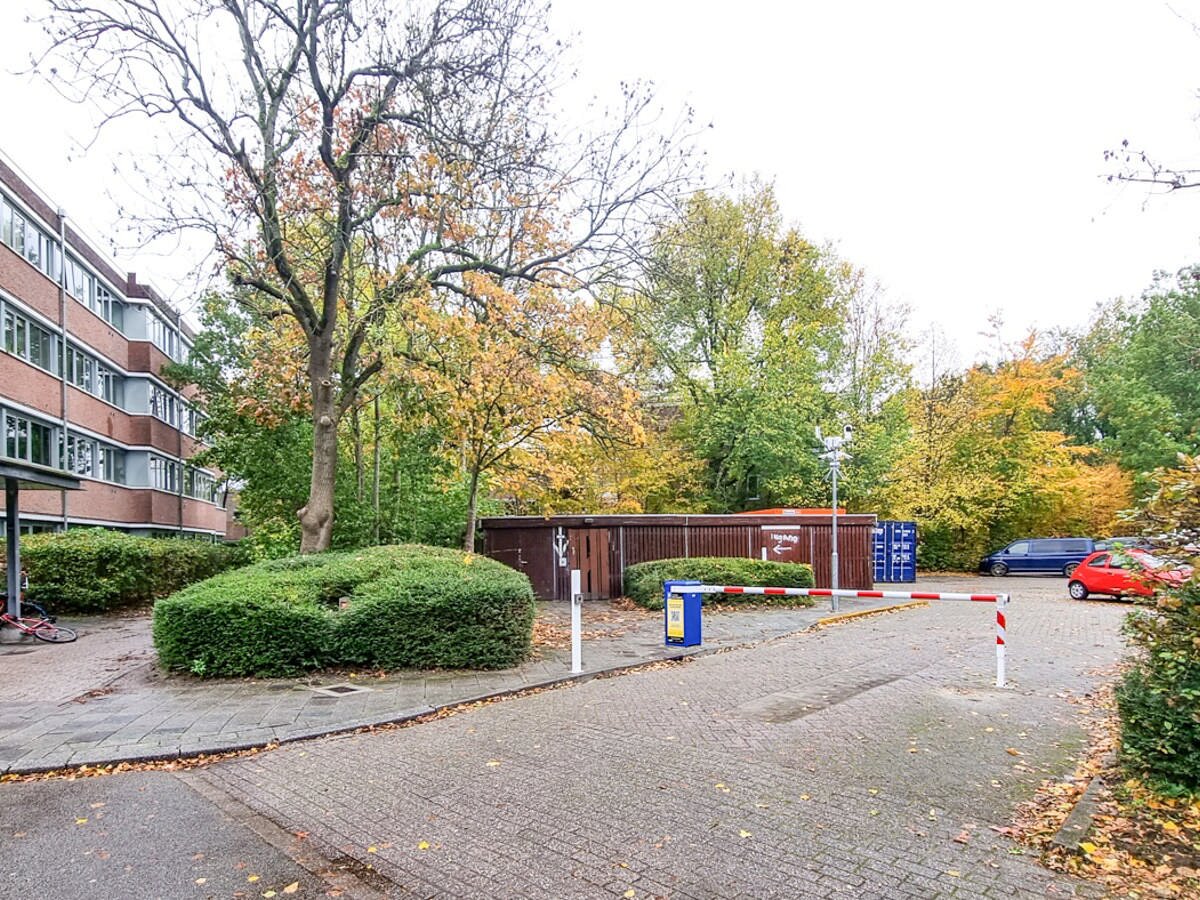





Find parking near Oost-Indische buurt, Hoogkerk, Groningen
Oud-Noord is located between the Bedumerweg and Van Starkenborgh Canal. It also includes the Oosterhamrikkanaal. Boterdiep and Rodeweg. The neighborhood is divided into three distinct parts: De Hoogte (the highest point), De Indische Buurt (the middle area) and De Korrewegbuurt. Each has its own unique character and charm.
This article focuses on the Indische Buurt. It is a vibrant and diverse area, with a mixture of old and modern homes, shops and restaurants. This is a great place to live, play and work. It has a rich and welcoming history. This area includes the Kop Indische Buurt (Kop Indische Buurt), Oud-Indische Buurt (Oud-Indische Buurt), Nieuw-Indische Buurt (Nieuw-Indische Buurt), Molukkenplantsoen and West-Indische Buurt.
Kop Indische Buurt is located between Rodeweg en Sabangplein. It's full of century old homes, schipperswoningen, and canal boatmen's houses. This area is also home to many affordable houses, which are mostly rented by students. This area is surrounded by the Korreweg which has many shops and services.
The Oud-Indische Buurt, located between the Sabangplein and Floresstraat/Floresplein, consists mostly of rental homes built between 1915 and 1930. The majority of the homes in this area are managed by three housing organizations, Patrimonium Stichting Lefier and Stichting De Huismeesters. Some are privately owned around Borneoplein or Ambonstraat. In the 1990s, Floresplein underwent renovations. A new community center opened in Floresstraat in 2016.
The Nieuw-Indische Buurt, located between the Floresstraat/Floresplein and Molukkenplantsoen, is also a rental area managed by Patrimonium, De Huismeesters, and Lefier. Celebesstraat and Ceramstraat are private streets, as is a part of Molukkenstraat. Rental homes were constructed in this area in the postwar period. Private homes date mostly from the 1930s.
West-Indische Buurt is undergoing major renovations between Van Starkenborgh Canal and Molukkenplantsoen. The area is equally divided between private and rental homes. Many homes have already been renovated, while others are slated to be demolished and replaced with new ones. This area was built in the 1950s.
Finding a parking space in the Indische buurt is difficult due to its high density of homes and businesses. Mobypark provides a convenient and affordable solution to this issue. We are a leading online platform for parking, allowing users to search and book parking spaces in garages, parking lots and other locations across the city. Users can search parking spaces by location, cost, and type on our easy-to-use site.
Mobypark aims to make parking in urban areas more accessible and affordable. Our platform matches drivers who need parking with owners of extra spaces, which reduces the number of cars on the street and eases traffic congestion. Our platform allows users to book and pay for a parking spot online in advance, saving them time and effort upon arrival. We also offer discounts of up to 60% on regular parking rates, allowing parking to be more affordable.
Conclusion
Parking rates near Oost-Indische buurt
Parking time
Mobypark parking rates
1 hour parking
from € 0.43
24 hours parking
from € 8.48
1 week parking
from € 25.00
1 month parking
from € 80.00



